Pictures of Sound (Nov 22, 2015)
The first thing I saw on the nav screen as I stumbled into the wheelhouse for my watch, was an AIS signal of a ship with its’ near-future track line crossing our bow. At 15nm away, just under an hour, if we both proceed at the status quo, there will be a collision. Not on my watch. I bid Resty goodnight at the end of his watch and made a plan.
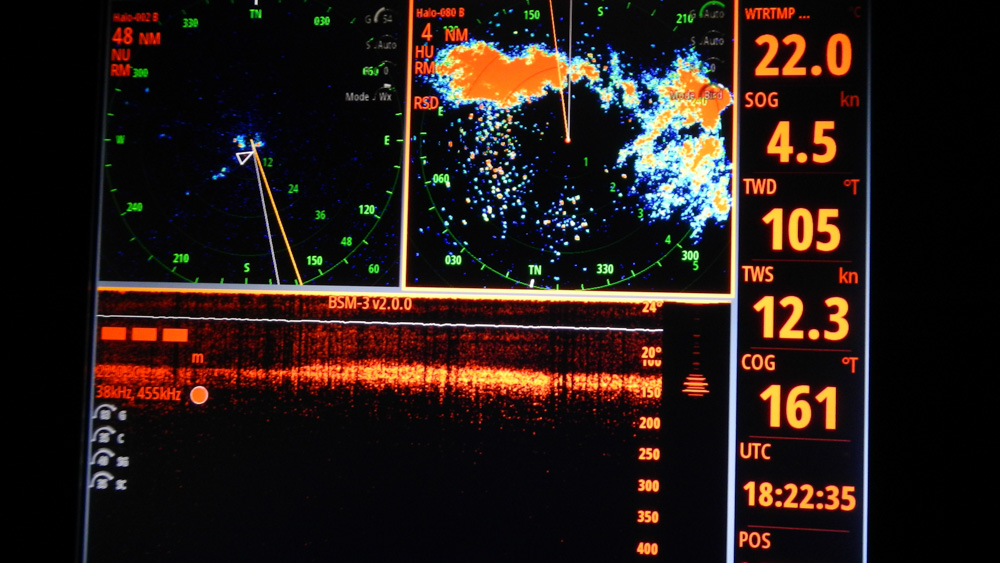
Images Galore. This radar and echo-sounder, combined screen tell more than a thousand words. I will spare you. The top left screen shows the triangle AIS target that is the 362 m ship I spoke with. The screen at top right shows the rain-bearing cloud that made all the noise and the bottom image displays the
things (mostly salps) that inhabit the layers around 150m.
Measuring how far the other vessel and our vessel will move in the hour gives you an understanding of the situation at hand, as well as using the CPA (Closest Point of Approach) and TCPA (Time to CPA) information from the AIS data. I decide to slow, being the give-way vessel, (this is prudent and expected) but also due to our 400m array being towed at our stern. I call Shandong Da De on the VHF radio on Channel 16 and we have a polite mariner’s conversation. “Good morning Sir”, I put on my radio voice to sound larger than the 5 foot-whatever that I am! I inform him that I have dutifully slowed, in fact given way to him, as per the Col Regs (1972 Collision Regulations). Well, he is 362 metres long, I will not argue with that! Might is right here and by being on my starboard side, positioning for him also means that he wins hands down! I also inform him of my array, that we are listening for whales as our ship’s name also implies. He politely replies agreeably in a fine Indian accent, that he will maintain speed and only turn to starboard (if necessary) and I reciprocate that having slowed to let him pass, I will however maintain my course.
All is good – we each know where we are at, since we have followed the international rules created for such occasions. He is going to Subic Bay in the Philippines, he has a long way to go. I enjoy these short but polite and well-understood exchanges with the passing lights in the middle of the night. We call each other “Sir” and “Mamme” as mariners’ speak is terribly old-fashioned, formal and respectful. This is refreshing in this modern era. I wish him a safe journey and he me. Obviously, I am easily entertained enjoying having a chat with a complete stranger on a huge ship sailing by in the darkness! This is all part of our “at sea” life. I have always liked chatting on the radio.
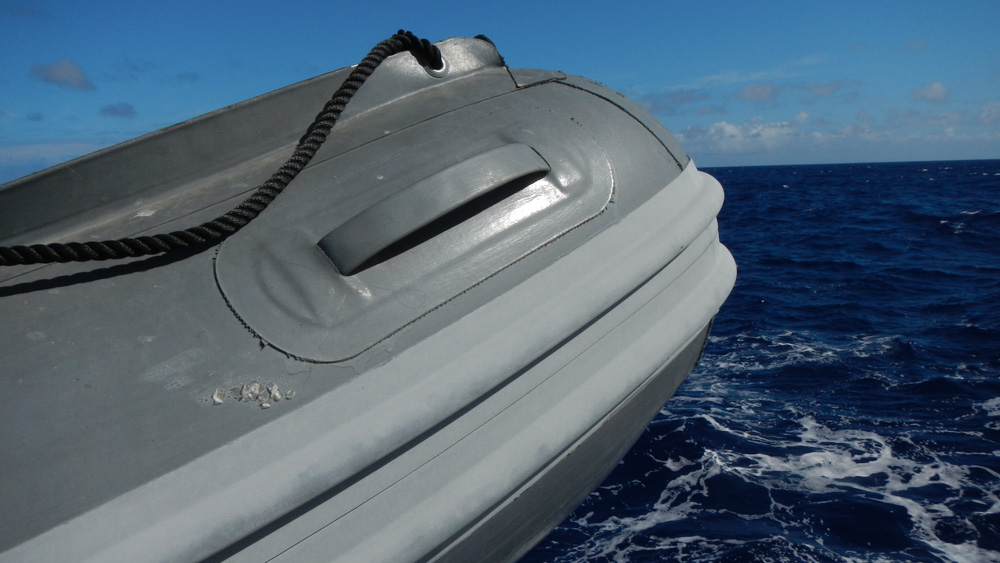
That’s Impressive. Wow, Twelve fish scales are plastered on Sousa, our little tender stored on
the aft area of the second deck. How did the flying fish get here?
From 10 nm away I can hear the blades of the propeller slicing through the water to push his 362m x 50m iron-ore carrying vessel across the Indian Ocean. ‘Chugg-chugg-chugg’, it’s rhythmical but overtakes the soundscape. Then a great ‘Pcccccsssssss’ fills the channel screens with ‘white-noise’. It is near deafening. I almost reach for the volume knob on the speakers, thinking this racket will wake Curt in our cabin adjacent to the wheelhouse. What was going on? I opened the starboard wheelhouse door onto the Portuguese bridge and there it was, absolutely pelting rain! The hissing was the raindrops hitting the ocean, some perhaps bouncing and hitting a second time or even third time. As the ship, with the polite Officer of the Watch, faded back into the night, the pin-stripe pattern of his propellers filled the screens but still some dolphin squeaks were detected as well. Were they riding his bow-wave? I wondered.
Easterly winds have kicked in with a trough situated on the west coast today but we are doing well speed-wise and are making our destination – well, you gotta be happy with that! We are also especially relieved that a cyclone to our northwest will not affect us at all, as we continually extend our distance. All is good on the high seas!
Three birds seen today, two Wilson’s Storm Petrels (encountered individually) and one Great-winged Petrel are heading to the south of our track line. They are all around 1220 nm from the nearest land to our east, which is Carnarvon in Western Australia, a huge distance from land. The Wilson’s Storm Petrels are tiny, their bodies only measuring 15-19cm across but are oh so brave. They migrate from Antarctic breeding grounds to winter across the northern and tropical seas. During spring they return south – these two little birds are on a mission. The drive to migrate is unyielding. A biological phenomemon.
Enjoy the spring weather.

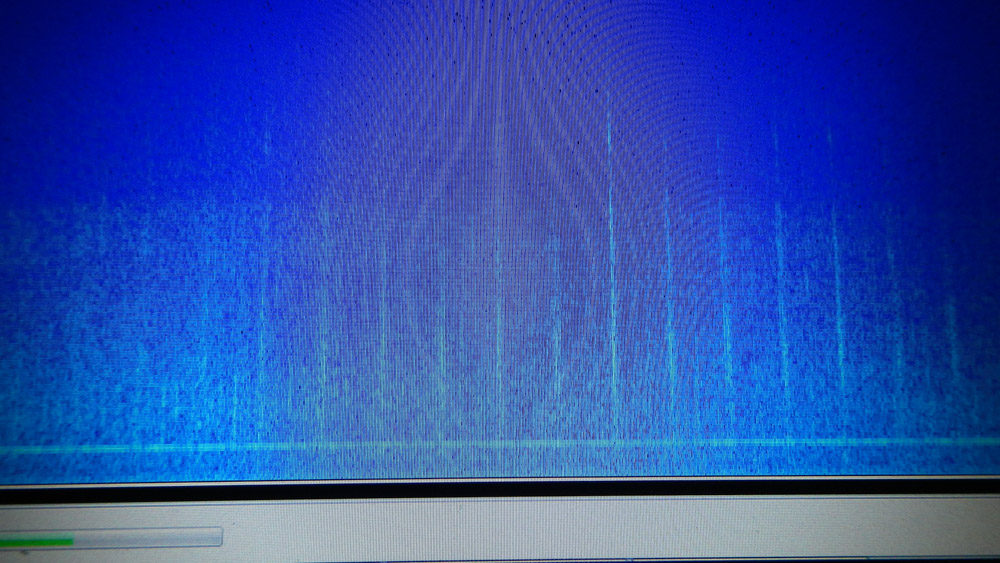
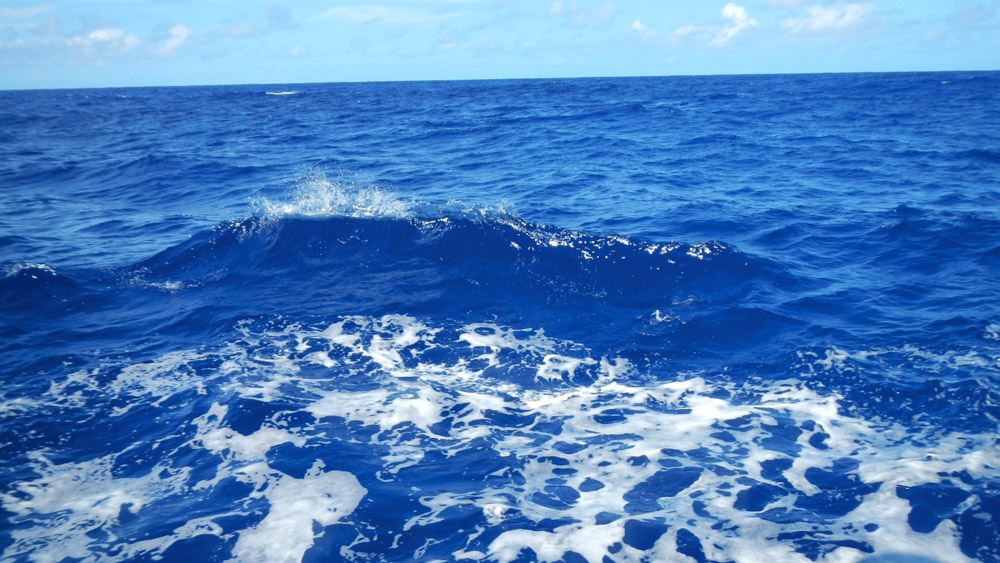



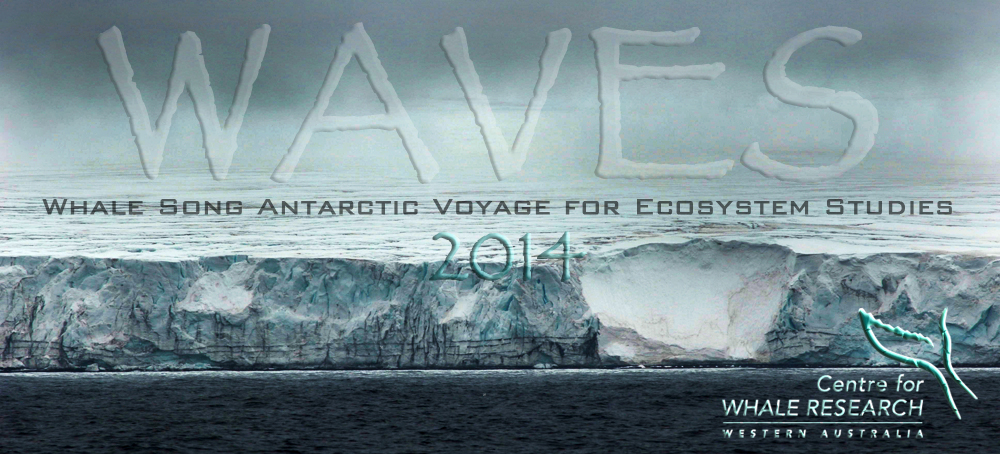










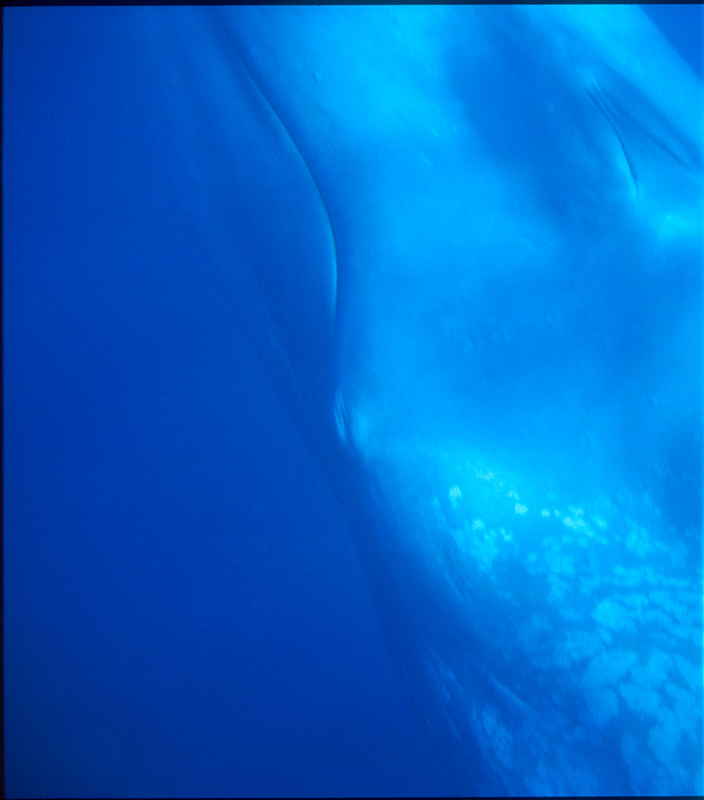
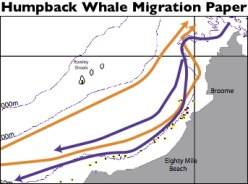
No comments yet.